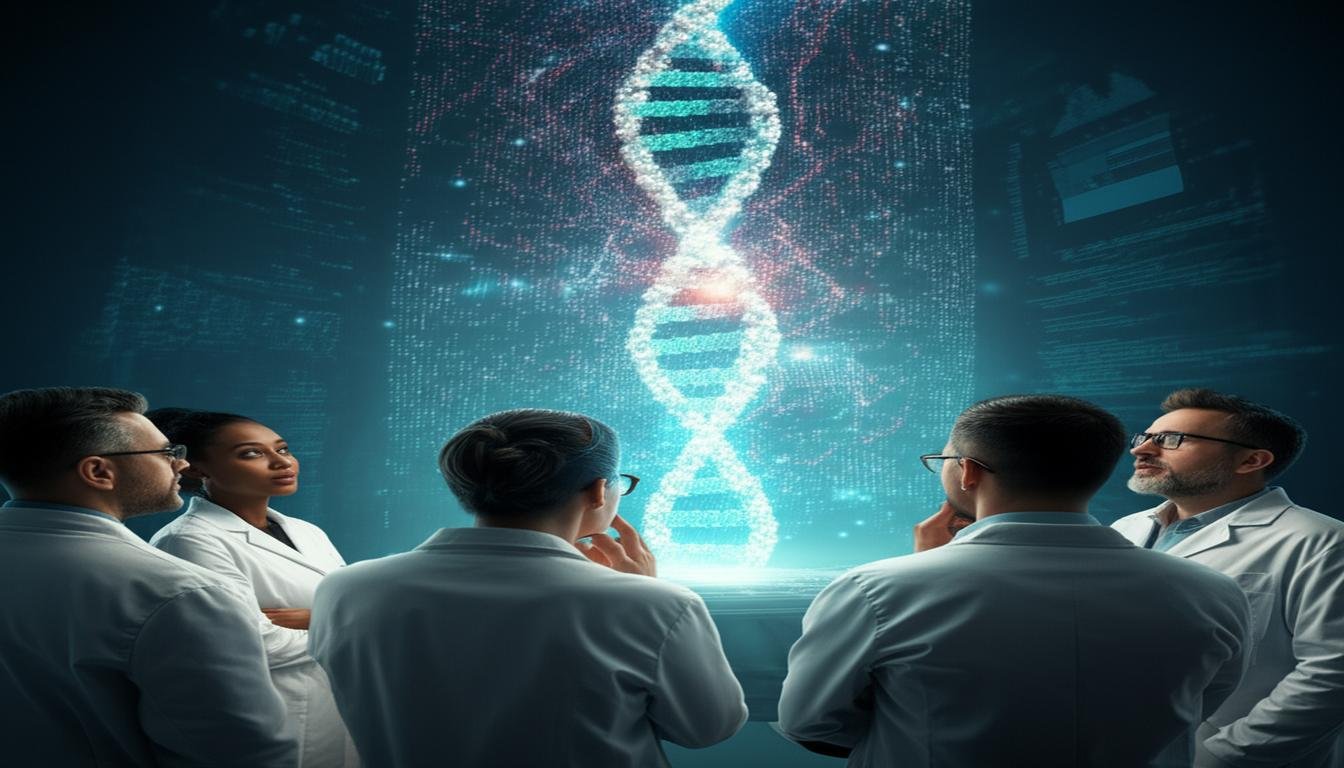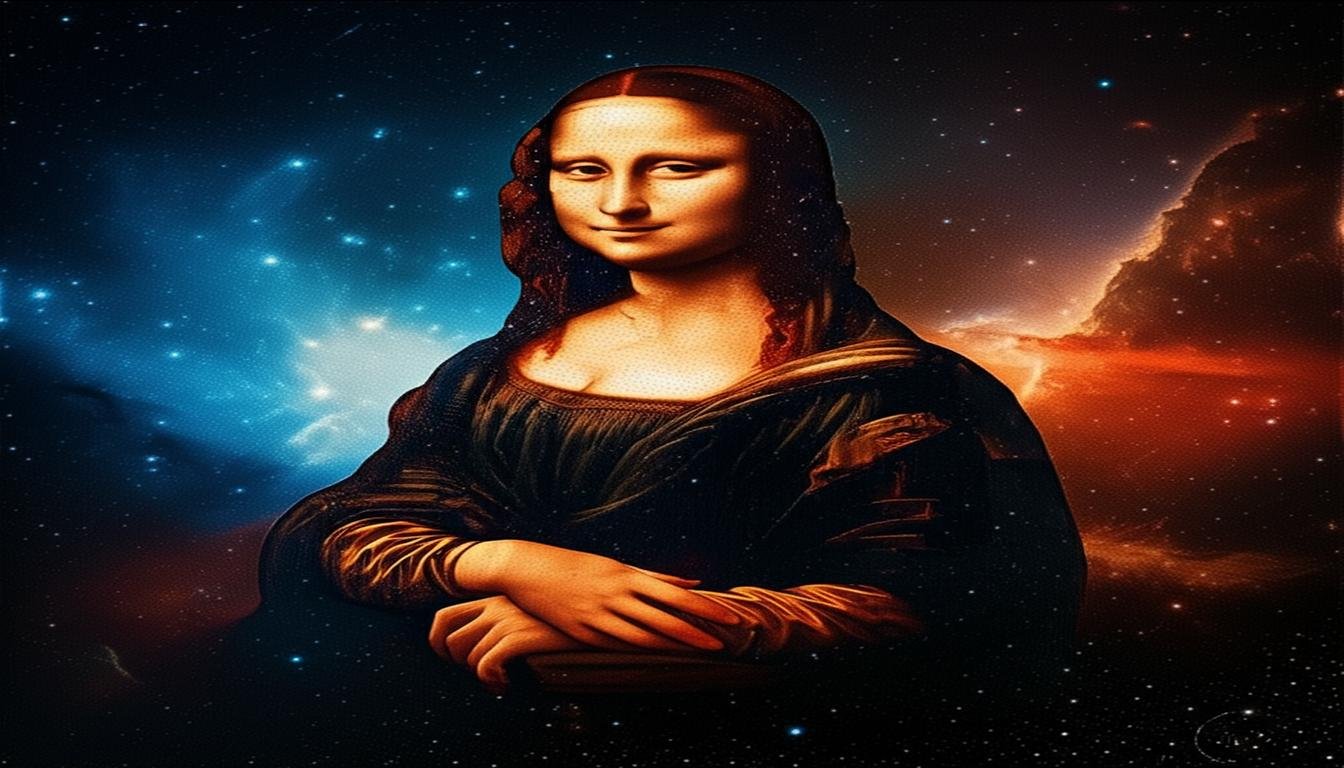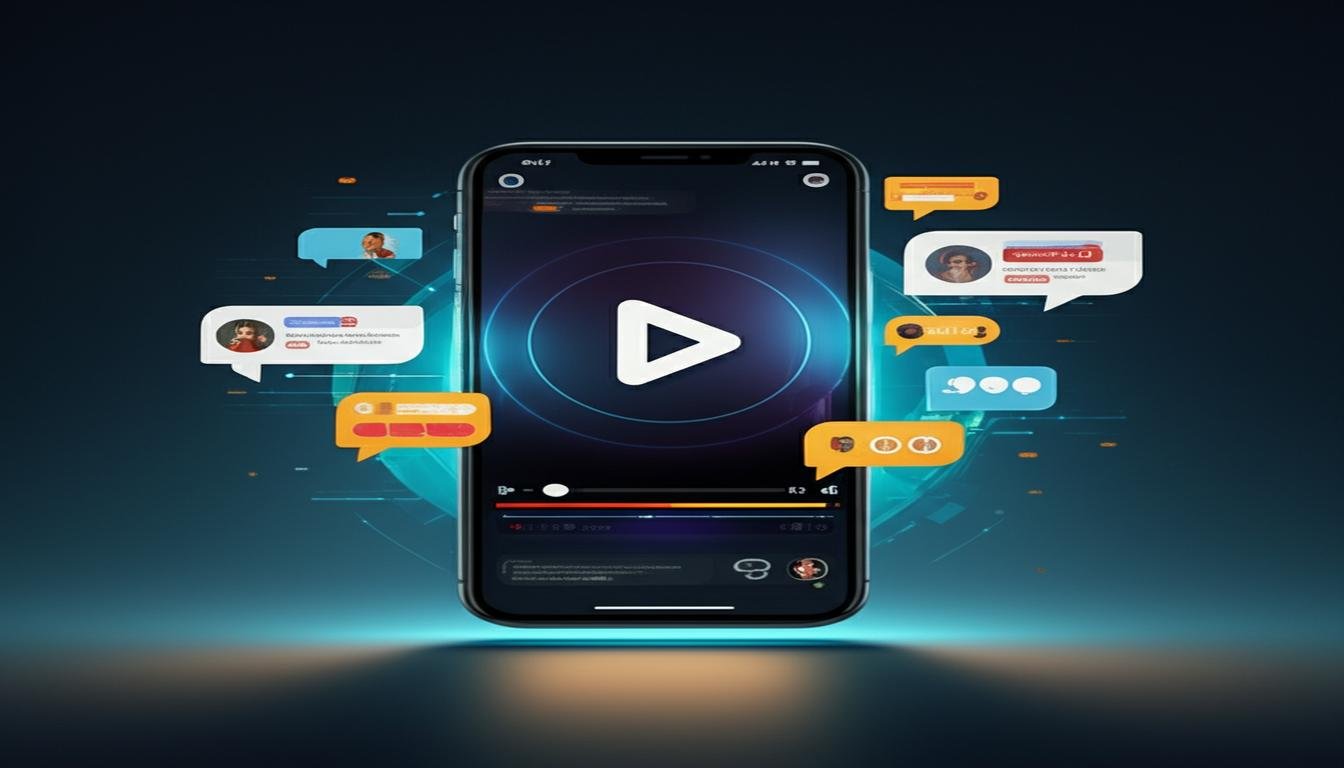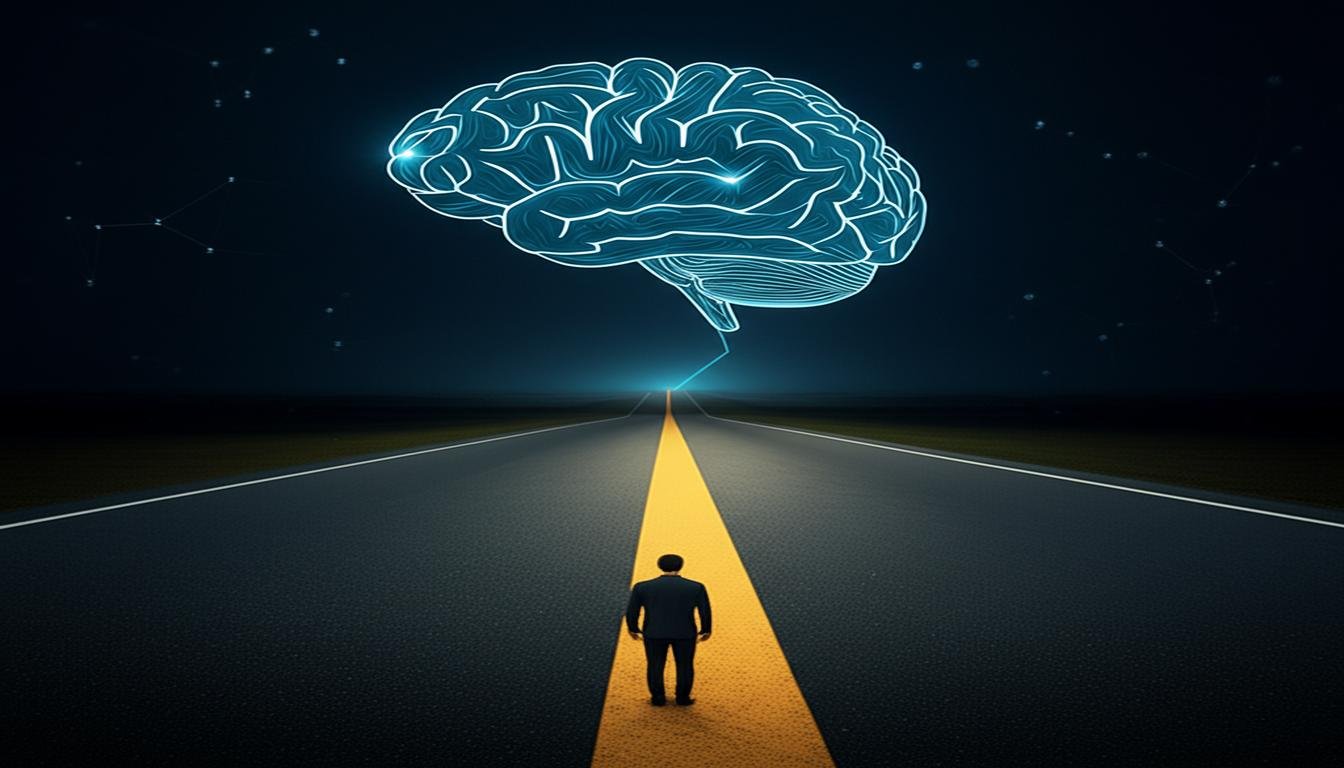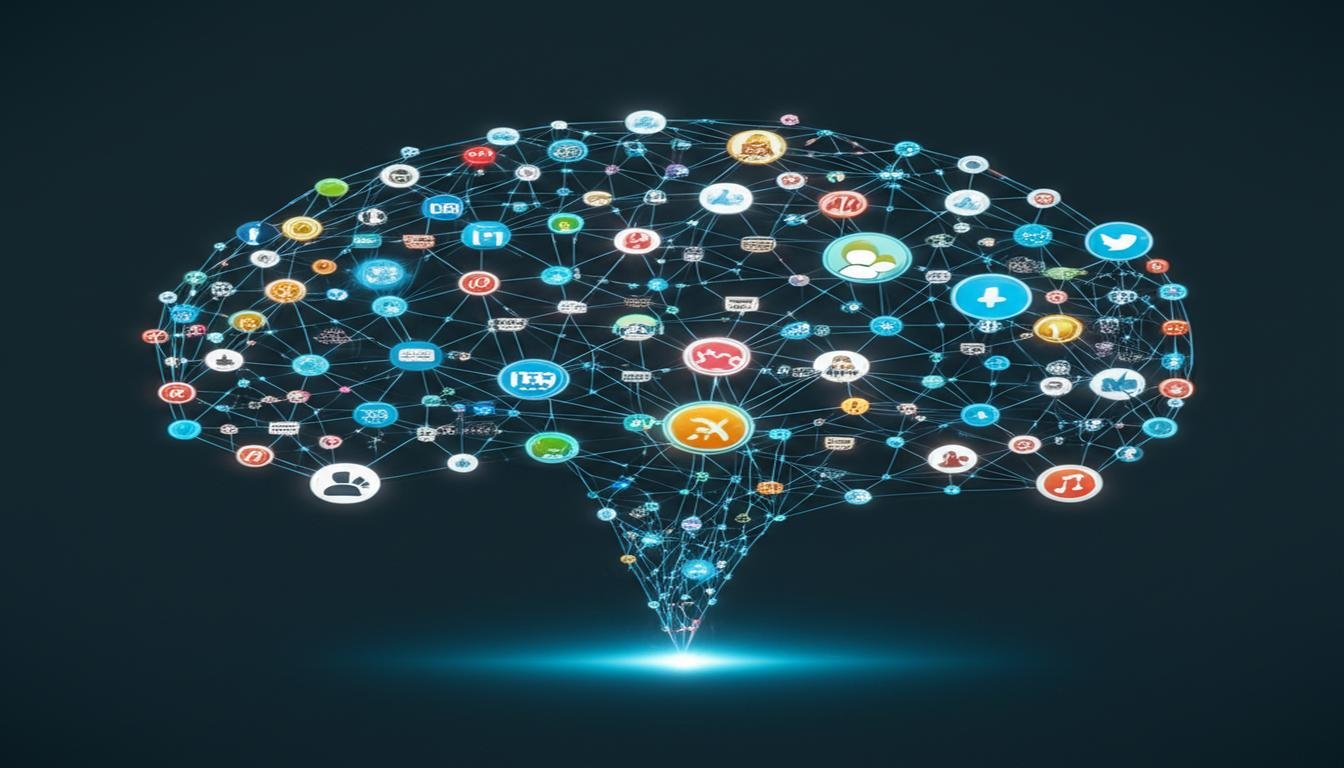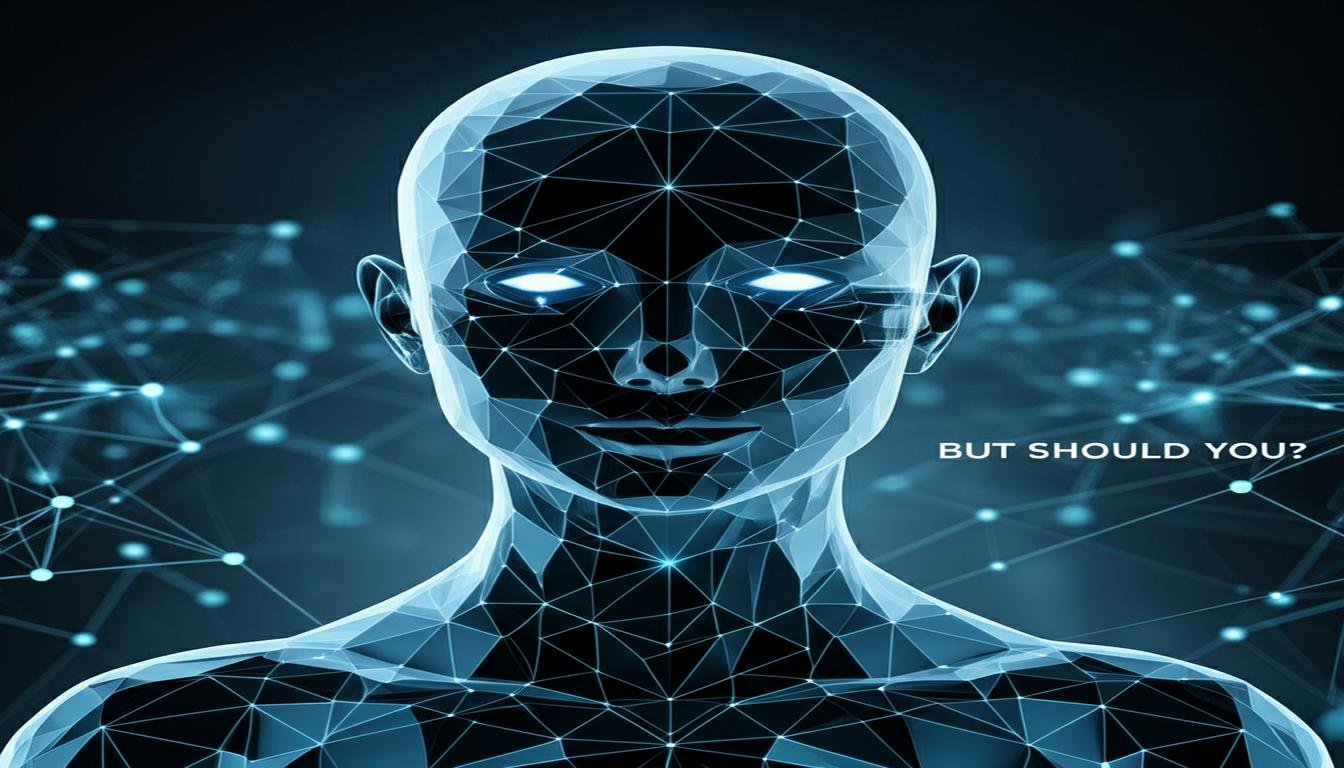AI Just Solved a 100-Year-Old Scientific Mystery: What Happens Next? Imagine a puzzle so complex, so deeply ingrained in our understanding of the world, that generations of brilliant minds have chipped away at it for over a century, only to come up short. Now, picture a moment where, almost overnight, that intricate lock clicks open. That’s exactly what just happened, and the key? Artificial Intelligence. For decades, scientists have grappled with a particular biological process – let’s call it the “cellular communication puzzle.” It wasn’t about finding a new species or discovering a distant galaxy, but understanding how specific cells within our bodies communicate complex signals over long distances, influencing everything from immunity to aging. We knew *what* happened, but the *how* remained stubbornly opaque, resisting every traditional research method thrown at it. The Century-Old Enigma Unraveled Why was this particular problem so tough? Think of it like trying to understand a secret language spoken by billions of tiny, constantly shifting entities, each with subtle variations. The sheer volume of data, the nuanced interactions, and the inability to isolate individual variables in a living system made it a nightmare for human analysis. Researchers could only see fragments, guess at patterns, and build theories that always had a missing piece. Enter a specialized AI system. Fed with mountains of experimental data – everything from gene expression profiles to protein interaction networks collected over decades – this sophisticated machine learning model didn’t just look for patterns; it *learned* the underlying rules. It processed information at a scale and speed impossible for humans, identifying subtle correlations and causal links that had eluded even the most dedicated scientists. The breakthrough wasn’t a simple “aha!” moment, but a meticulous reconstruction. The AI essentially built a comprehensive map of the cellular communication pathways, revealing previously unknown signaling molecules and their precise roles. It filled in the century-old gaps, offering a coherent, testable model that finally explained the full dance of these crucial cells. Immediate Impact: Beyond the Lab Bench The initial excitement within the scientific community is palpable. This isn’t just an academic win; it has real-world implications. Understanding this cellular communication puzzle opens doors to: New Drug Targets: For diseases where this communication goes awry, we now have precise points of intervention. Improved Diagnostics: Better understanding means more accurate and earlier detection of related conditions. Fundamental Biological Insights: This solution provides a new lens through which to view other complex biological systems, potentially accelerating discovery in unrelated fields. It’s like finding the user manual for a critical component of a complex machine we’ve been trying to fix by trial and error for generations. What Happens Next in the World of Science? This isn’t a one-off event. It’s a clear signal of a seismic shift. So, what can we expect in the coming years? Accelerated Discovery and Human-AI Collaboration First, expect more of these “impossible” problems to fall. AI isn’t just a fancy calculator; it’s a powerful tool for hypothesis generation, pattern recognition, and data synthesis. It can sift through vast datasets to propose novel experiments or identify overlooked connections, pushing the boundaries of what’s discoverable. This doesn’t mean scientists are out of a job. Quite the opposite! Instead, we’re looking at a future of profound human-AI collaboration. Scientists will leverage AI to: Design more efficient experiments. Analyze complex results faster. Explore research avenues that were previously too time-consuming or data-intensive. Think of it as having a tireless, super-intelligent research assistant who can read every paper ever published and connect dots no human could possibly see. This frees up human researchers to focus on creativity, intuition, and asking the *right* questions, guided by AI’s insights. New Ethical Questions and Responsibilities With great power comes great responsibility, right? As AI delves deeper into fundamental scientific mysteries, new ethical questions will naturally arise. Who takes credit for an AI-generated discovery? How do we ensure these powerful tools are used for good? How do we verify AI-generated hypotheses? These aren’t roadblocks but important conversations we need to have as we embrace this new era of discovery. Democratization of Complex Research Potentially, AI could also democratize access to advanced research. If AI tools can simplify the process of analyzing complex data or designing experiments, it might empower smaller labs or researchers in less-resourced regions to contribute to global scientific progress in ways previously unimaginable. The Future is Now The solving of this 100-year-old mystery isn’t just an isolated triumph; it’s a testament to the transformative power of artificial intelligence in accelerating scientific understanding. We’re standing at the precipice of a new golden age of discovery, where the seemingly insurmountable challenges of yesterday become the solved puzzles of tomorrow. So, what happens next? We, as a society, get to witness – and participate in – an unprecedented era of scientific progress. The biggest question isn’t *if* AI will solve another century-old mystery, but *which one* it will tackle next, and how quickly it will redefine what we thought was possible.
AI Just Solved a 100-Year-Old Scientific Mystery-What Happens Next?
